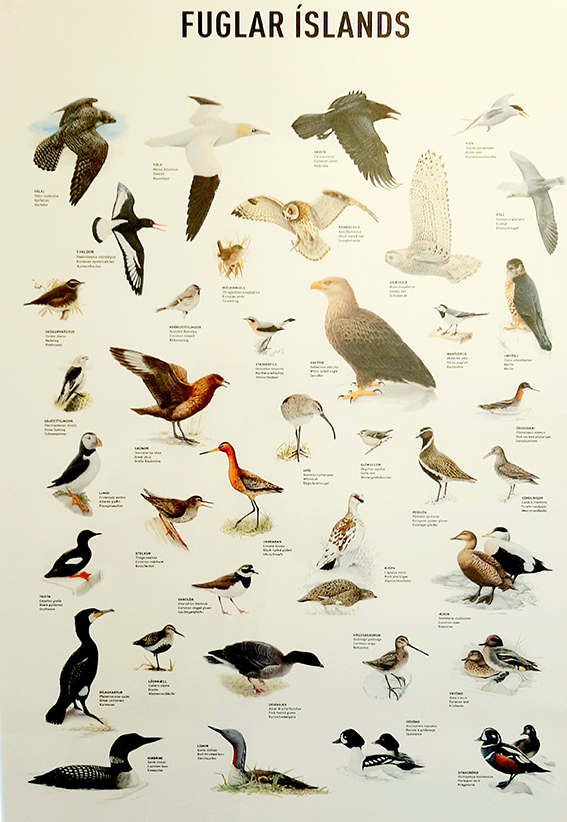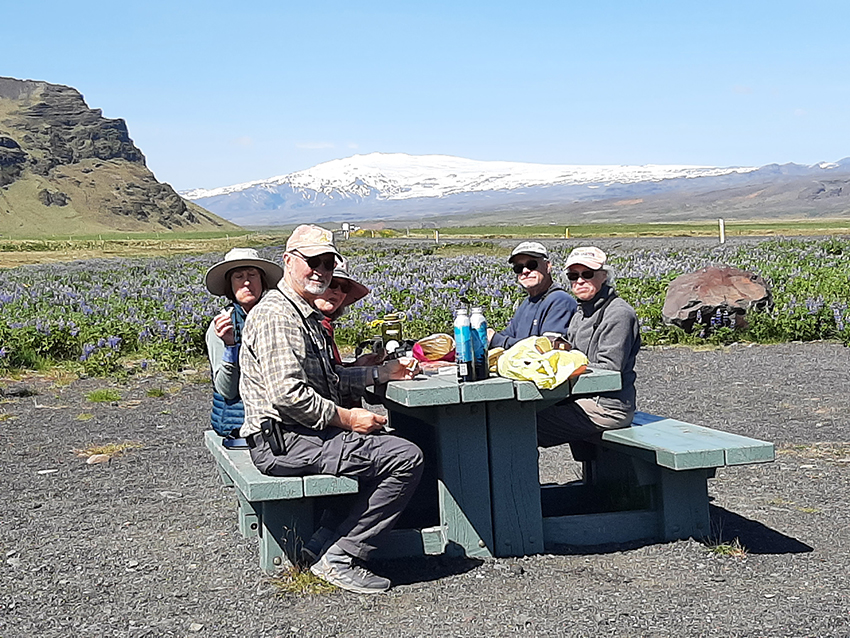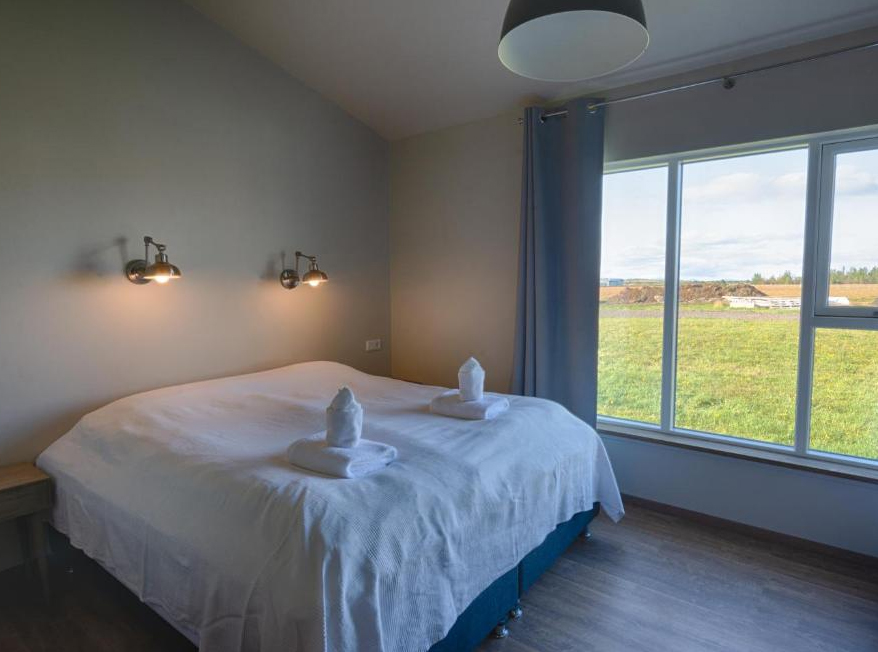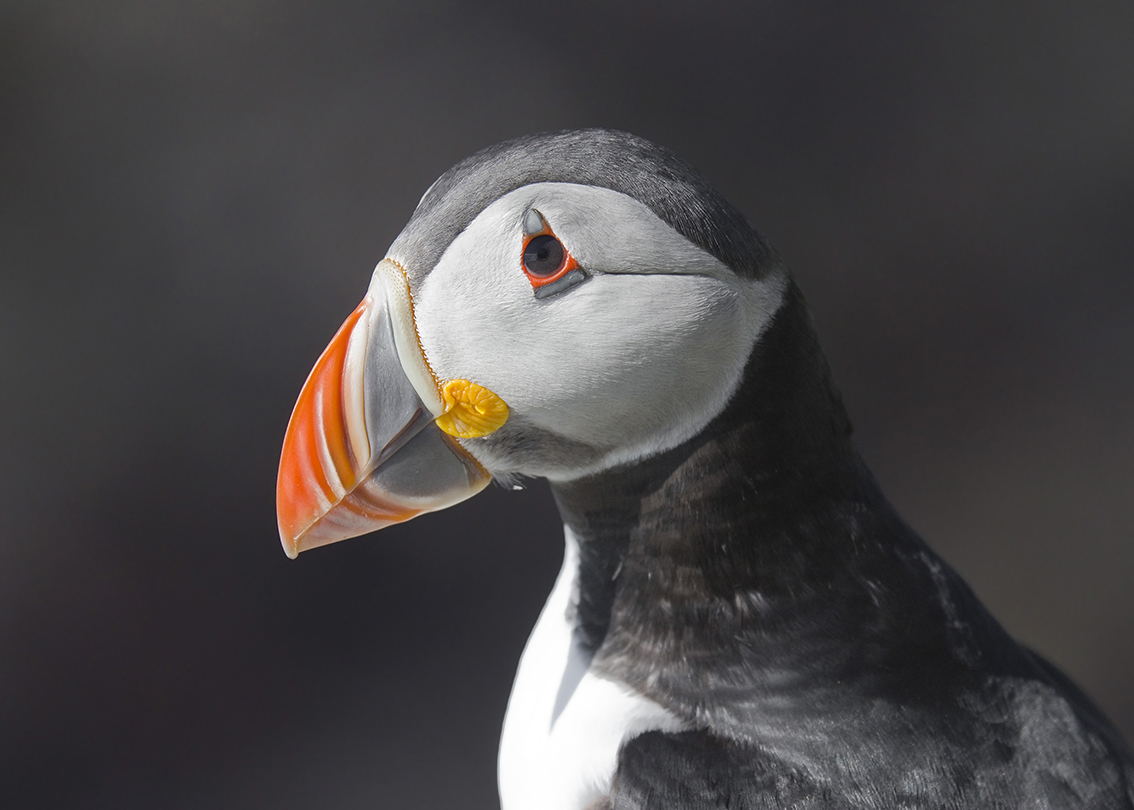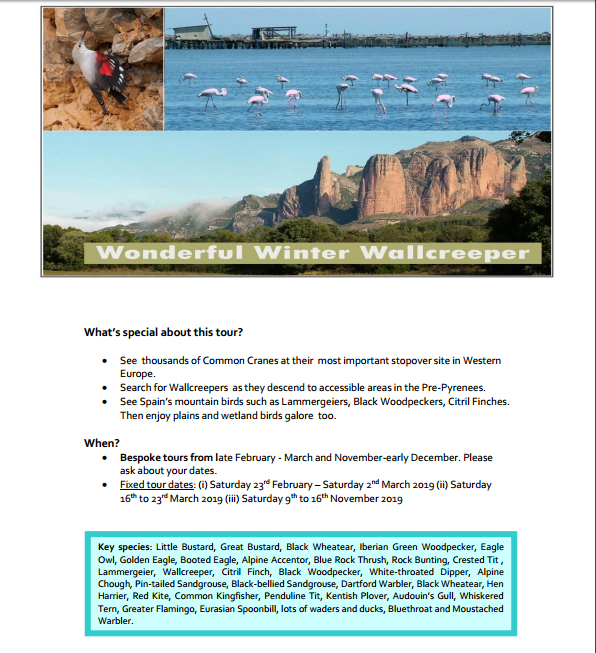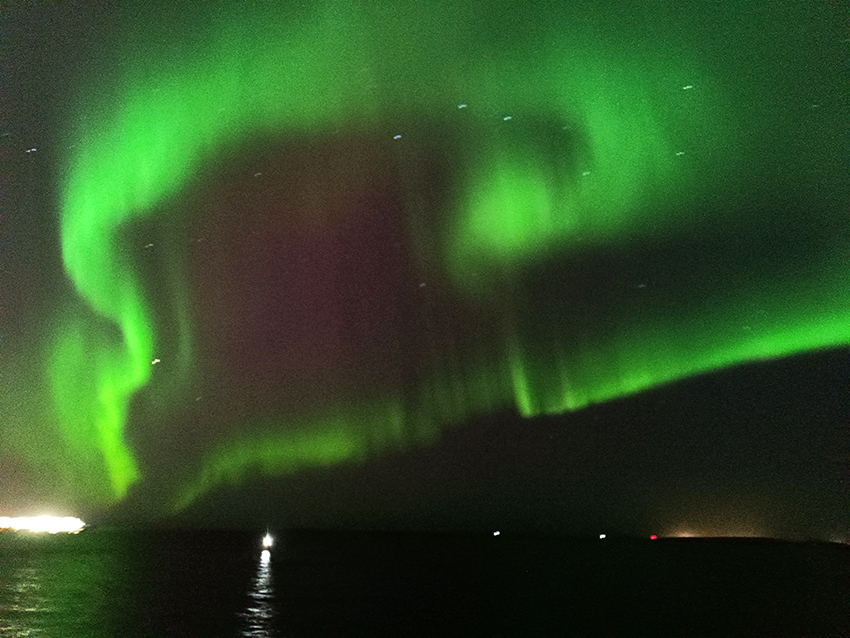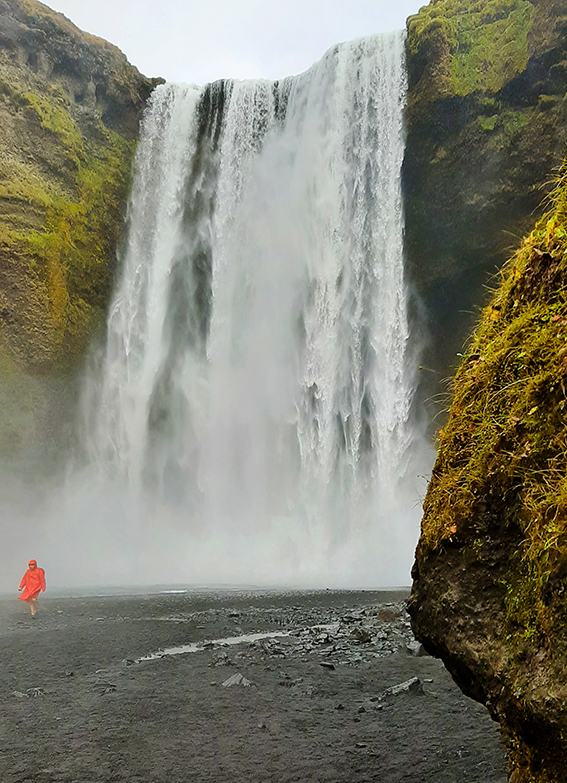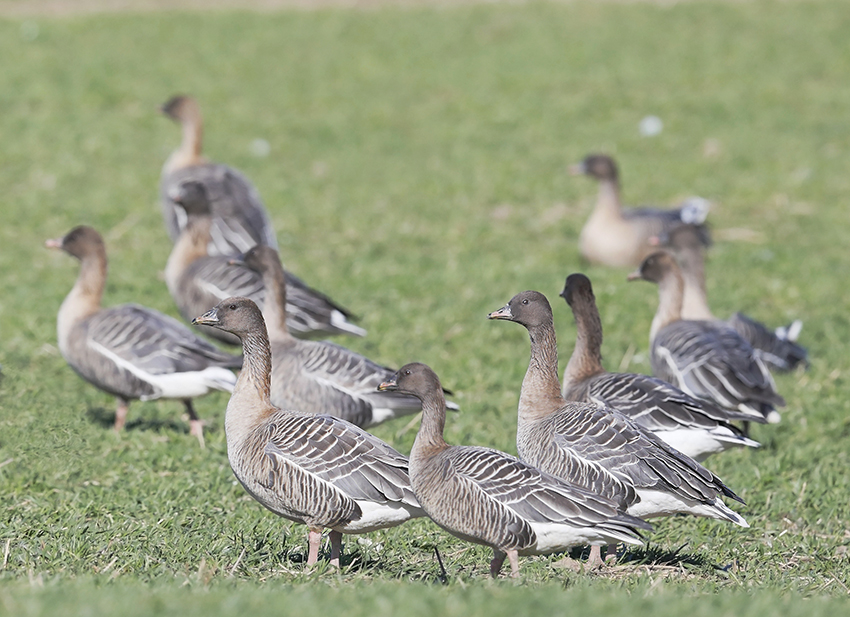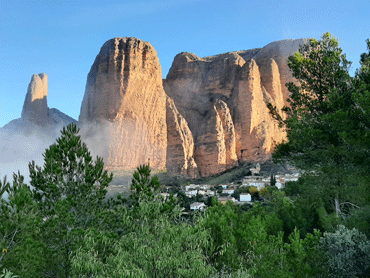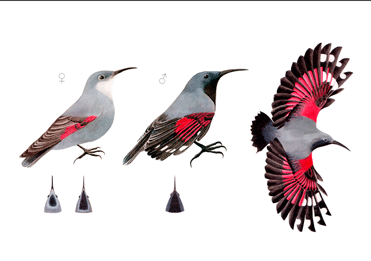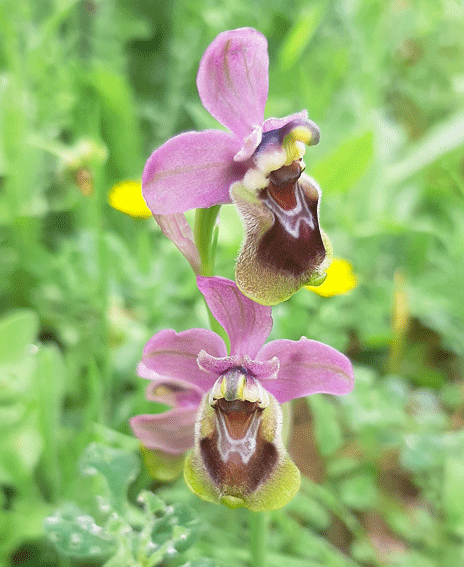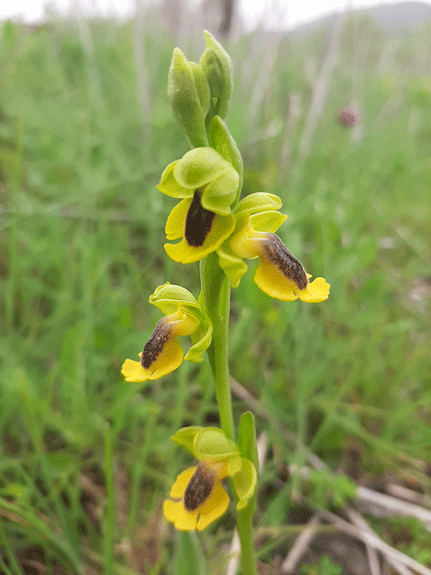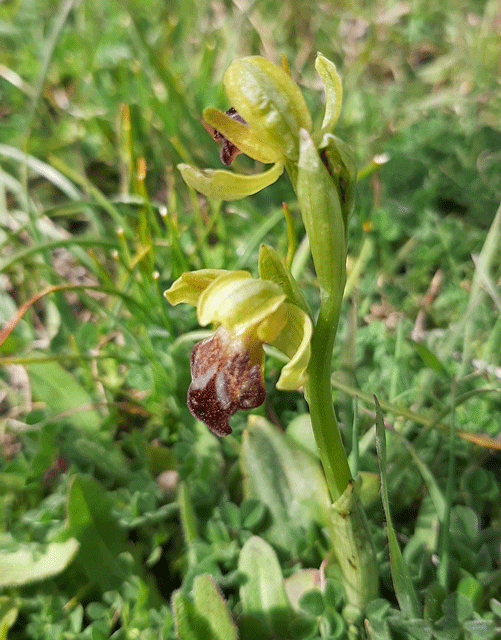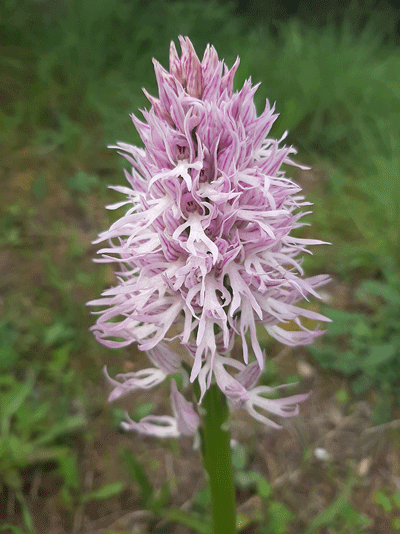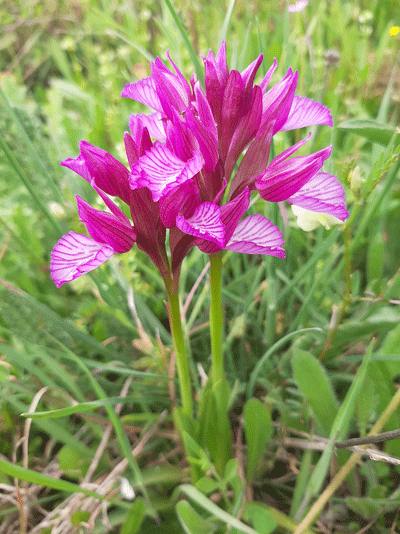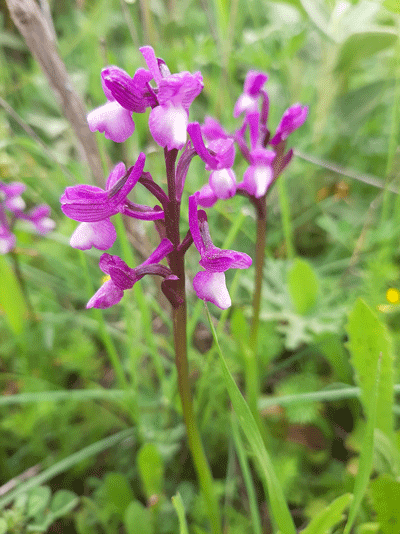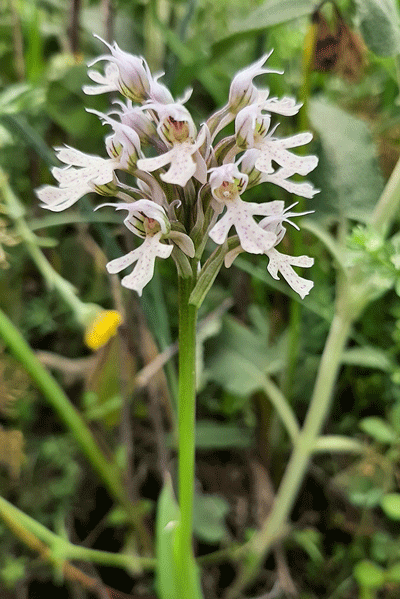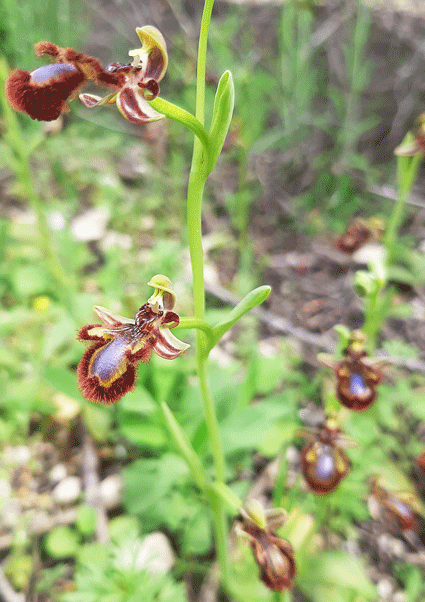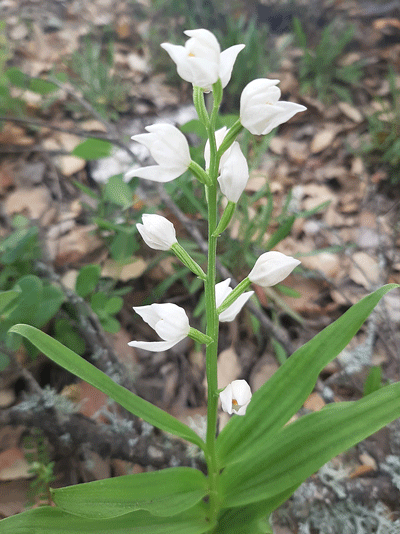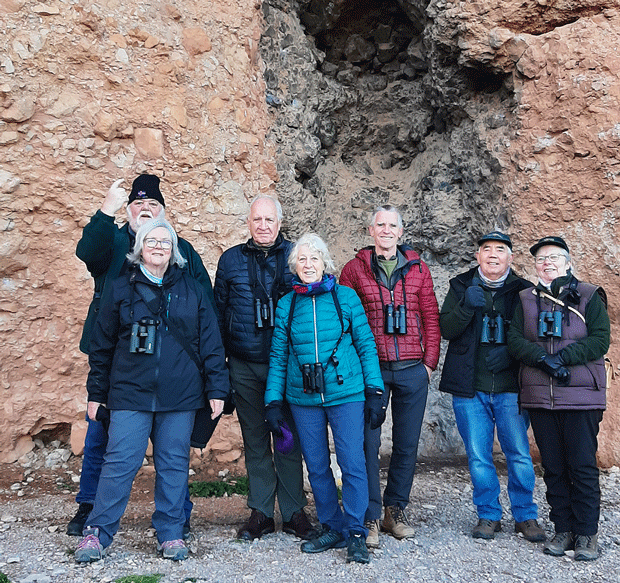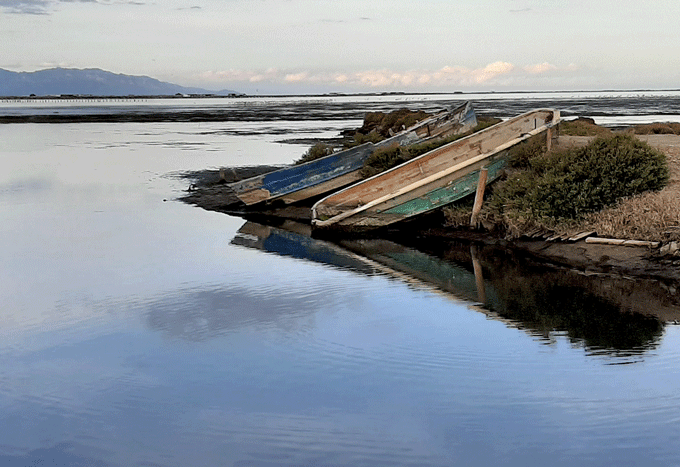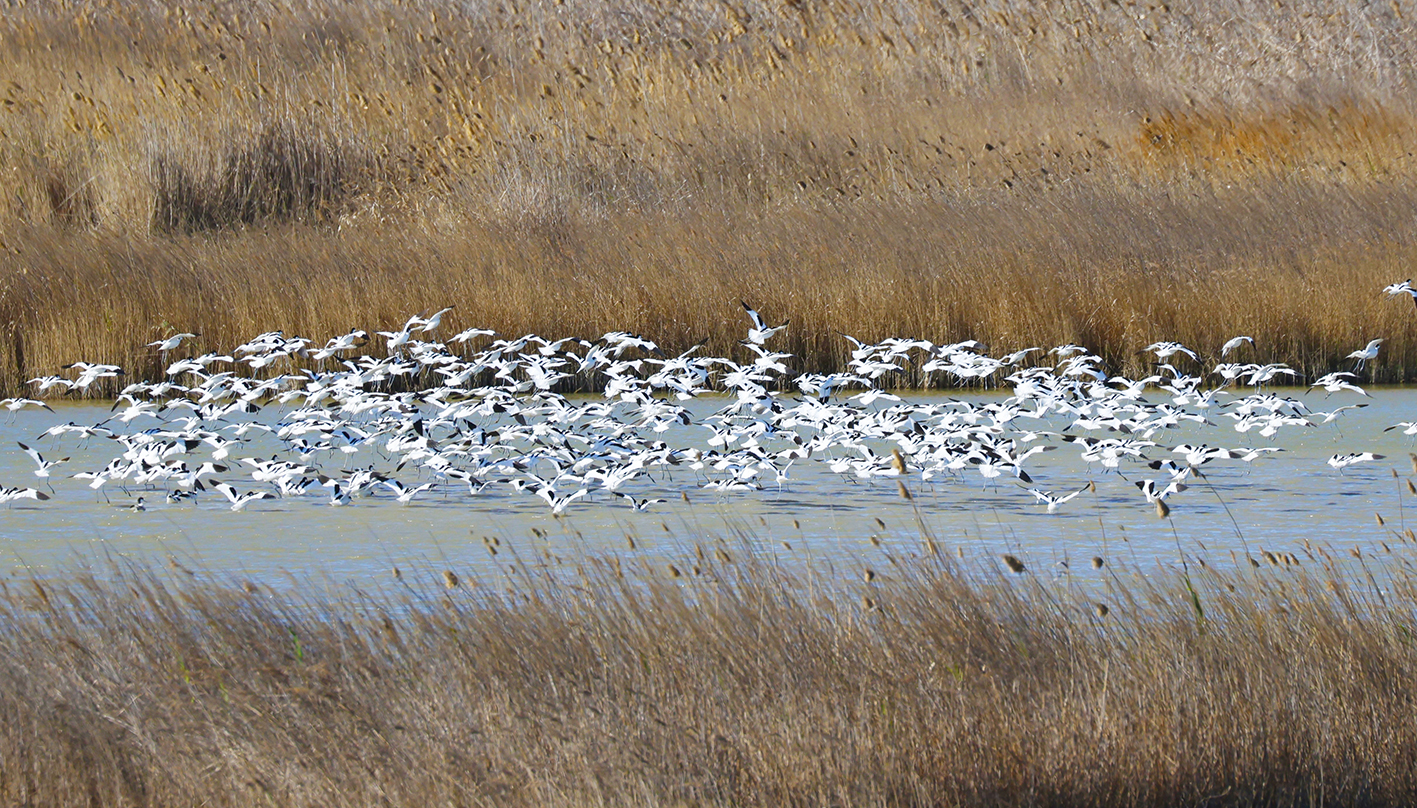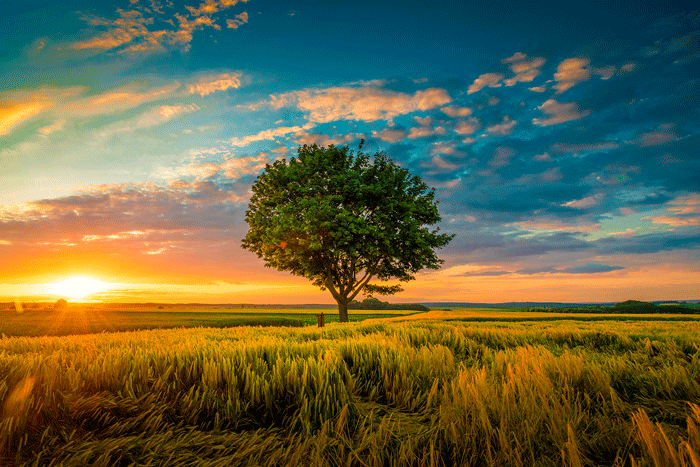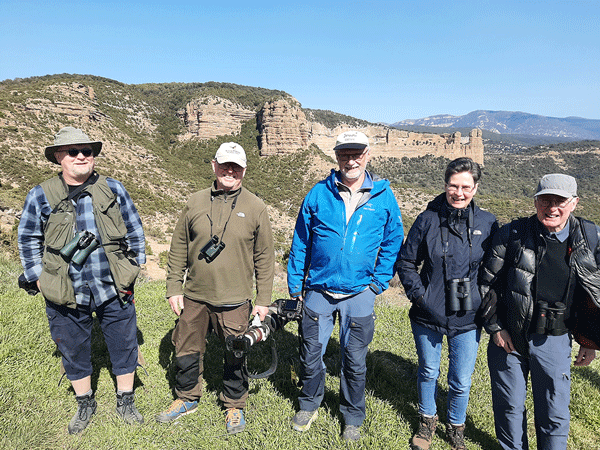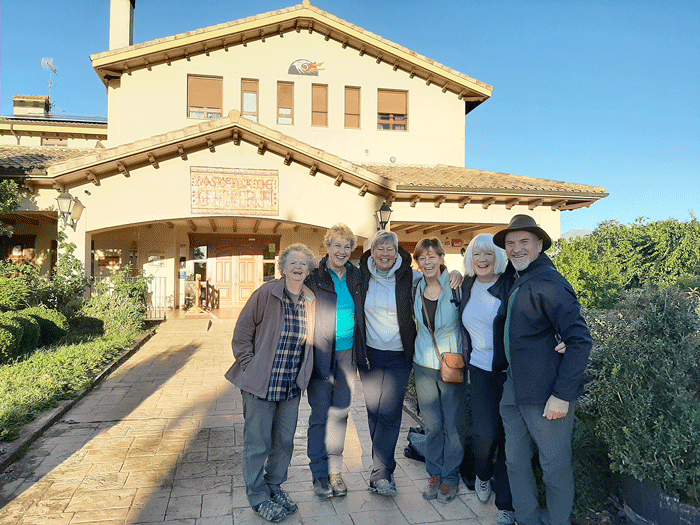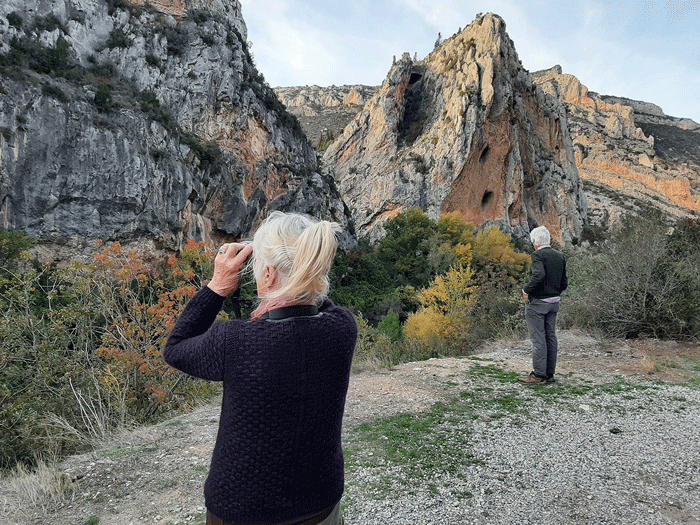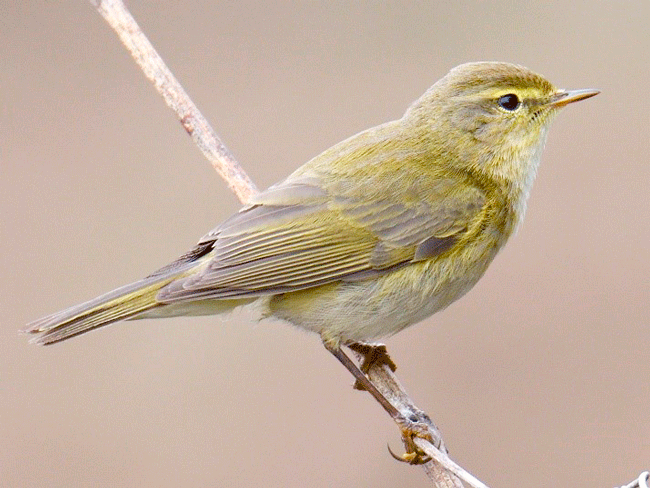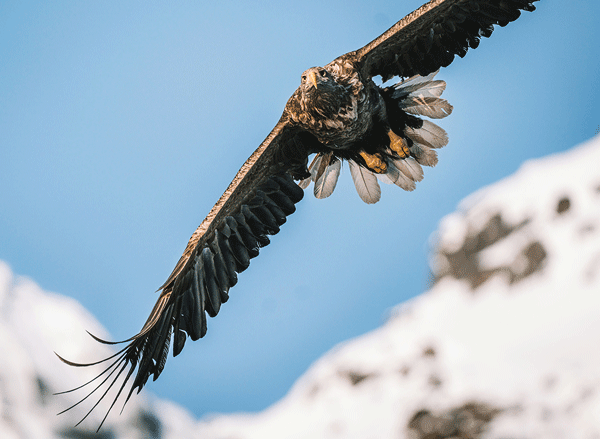More about Winter Wallcreepers???
Yes, and we make no apologies for having something quite unique…
For many years now we at Birding In Spain have been running “Winter Wallcreeper” birding tours, spanning from late October into mid-March.
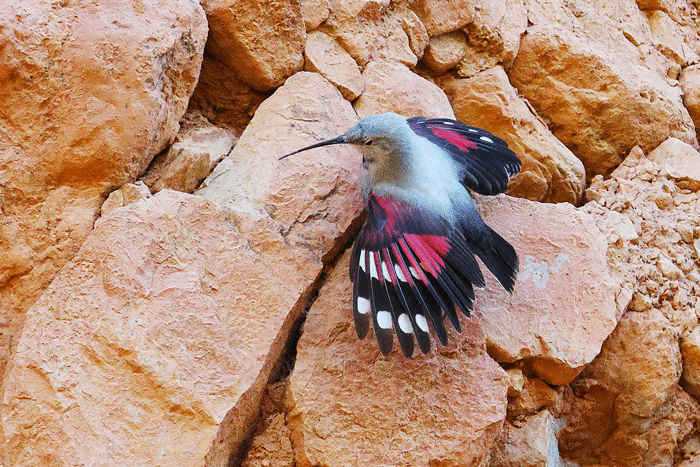
Winter Wallcreeper. Photo by Michael Vecht. Thanks Michael!
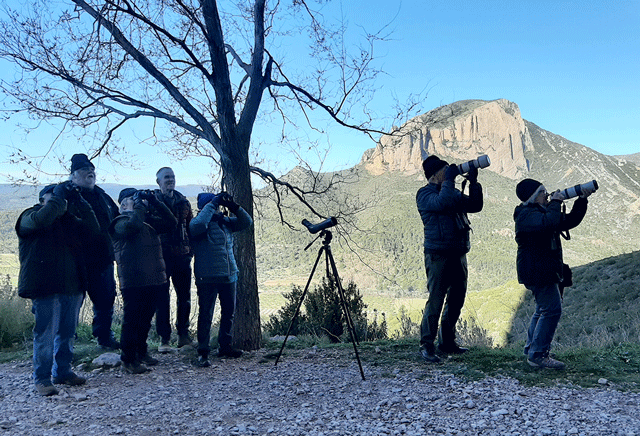
Wallcreeper tour group with Wallcreeper!
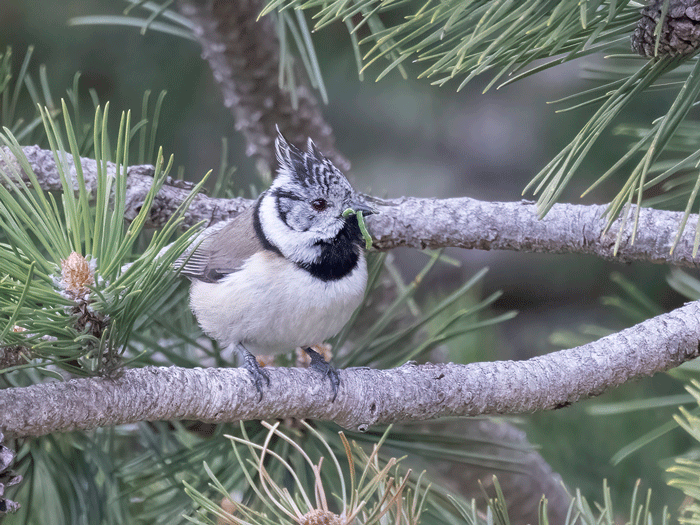
Crested Tit, somewhere on a bird tour in northeast Spain
Back when we guided bird tours for Ornitholidays we designed and led a week-long winter wallcreeper tour, the first edition of which ran in 2012. That birding tour was a great success in terms of public (it was a full tour) and the birds we saw – Wallcreeper of course, but so much more!
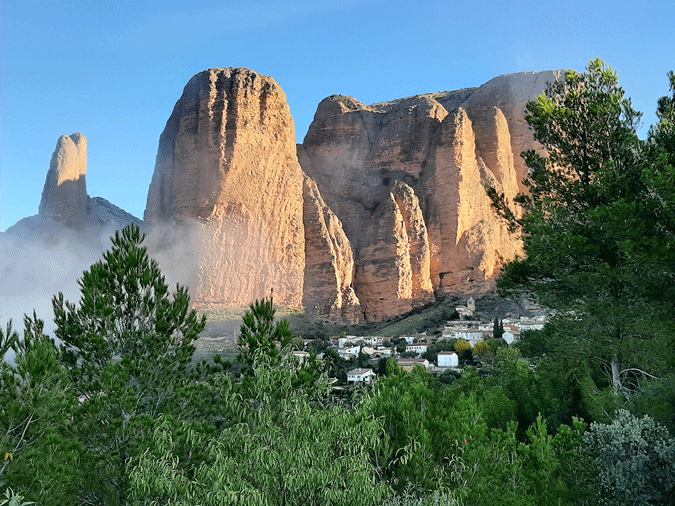
Riglos, Pre-Pyrenees of Aragón
That winter Wallcreeper tour ran for Ornitholidays in November for 6 consecutive years or more, and although the itinerary underwent modifications (eg incorporating the Ebro Delta in 2015) we never missed our main target, the wondrous Wallcreeper.
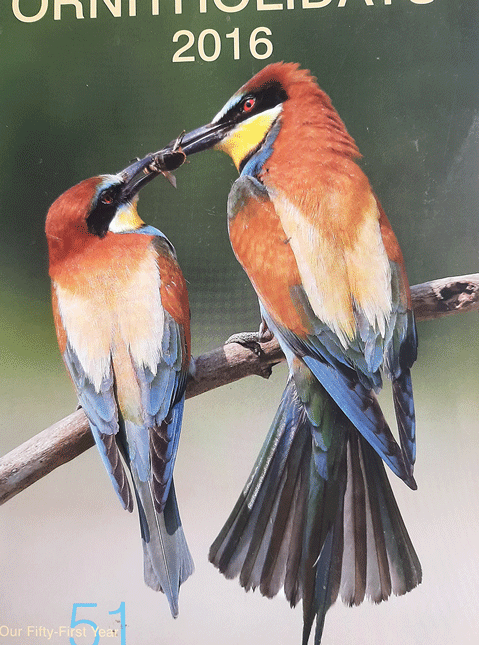
Ornitholidays bird tour brochure cover 2016
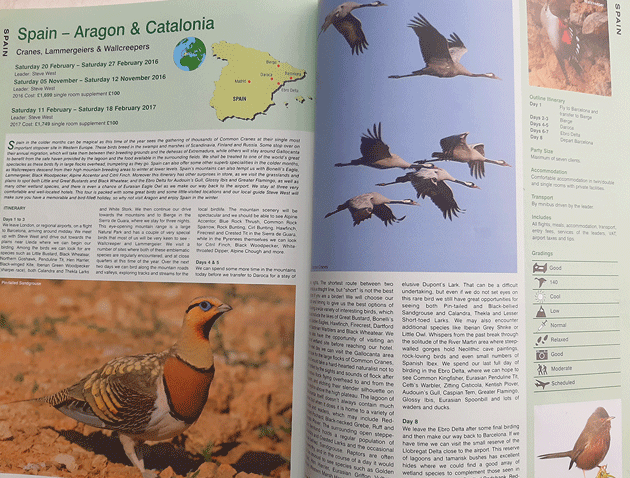
Winter Wallcreeper tour Ornitholidays 2016
Ornitholidays changed hands, and then the services of most of the company’s guides were no longer required. Then though the time was ripe for Birding In Spain to offer our own version of the Winter Wallcreeper tour. This was to be a shorter birding break of 4 or 5 days, with of course still the same main target of the Wallcreeper, but also aiming at other birds such as Lammergeier, Citril Finch, Alpine Accentor, Iberian Green Woodpecker in the Pre-Pyrenees.
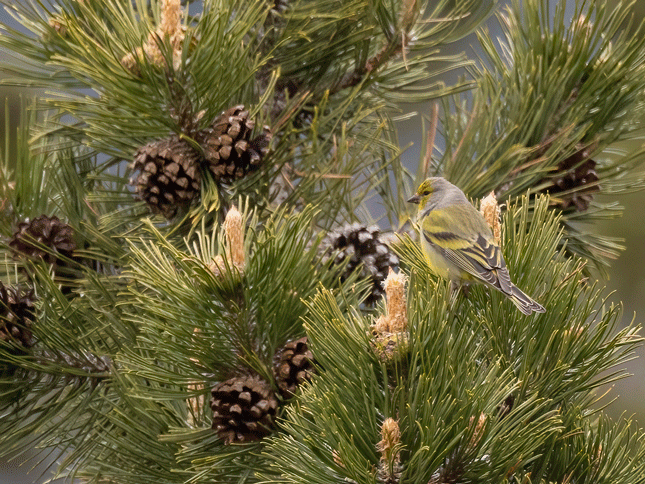
Citril Finch
The plains of the Ebro Valley and Lleida are bird-rich and so cannot be ignored. So this birding tour does not ignore them! In November it’s the resident birds which are the pull of the area, with Little Bustard, Stone Curlew, Eagle Owl, Pin-tailed Sandgrouse, Black-bellied Sandgrouse, Black Wheatear, Blue Rock Thrush, Calandra Lark, Little Owl, Iberian Grey Shrike, Bonelli’s Eagle being the main birding attractions that most visiting birders want to see.
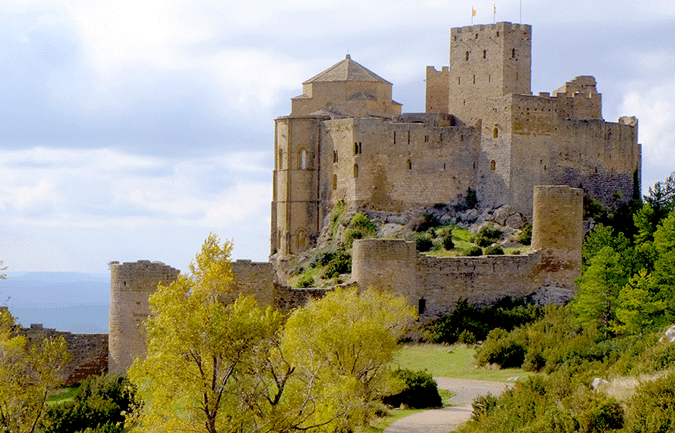
Loarre Castle, maybe a Citril Finch, or a Rock Bunting?
If the winter wallcreeper birding tour is in March Wallcreepers can be a little harder to find, as they tend to disperse over a large area during the winter. Nevertheless, with more than half a dozen pretty good Wallcreeper sites to check, we usually find at least one of these dazzling birds. What’s more, the first spring migrants have started coming in: birds such as Short-toed Eagle, Egyptian Vulture, Great Spotted Cuckoo, Alpine Swift, Western Subalpine Warbler ….
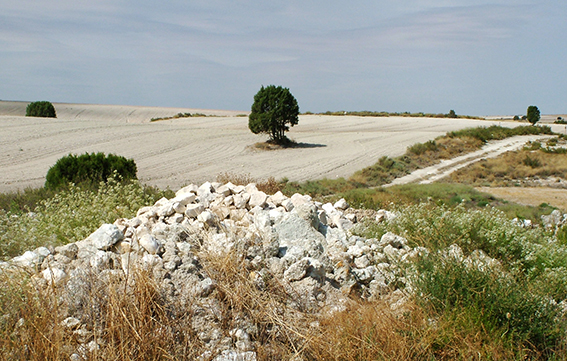
Monegros Ebro Valley plains for steppe birds
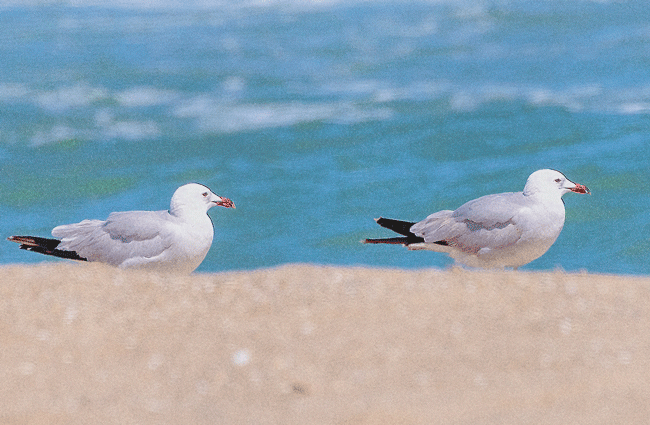
Audouin’s Gulls in the Ebro Delta
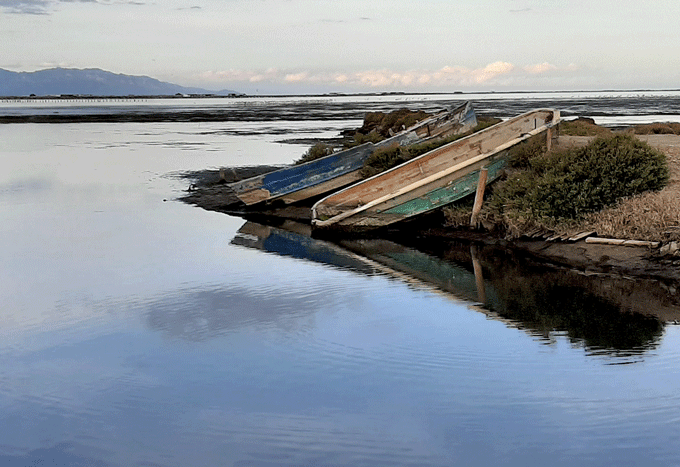
Abandoned boats in the Ebro Delta, Catalonia
Then, to finish the tour, what better than a day in the Ebro Delta, which is packed with birds! Birds, birds, everywhere! Bluethroat, Moustached Warbler, Penduline Tit, Greater Flamingo, Glossy Ibis, Purple Swamphen, Slender-billed Gull, Audouin’s Gull, Booted Eagle …
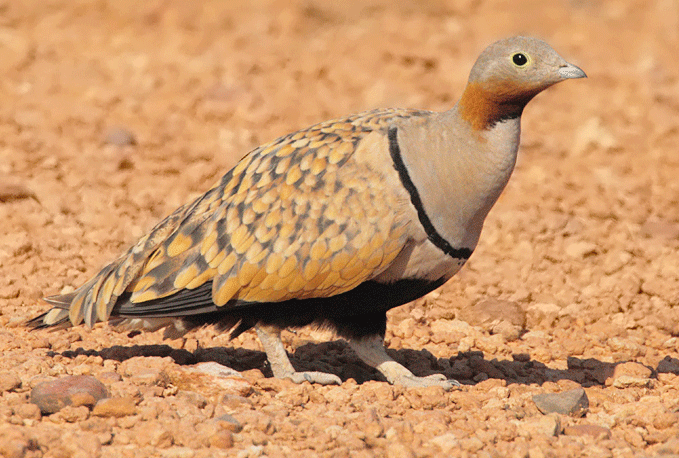
Black-bellied Sandgrouse in the Ebro Valley
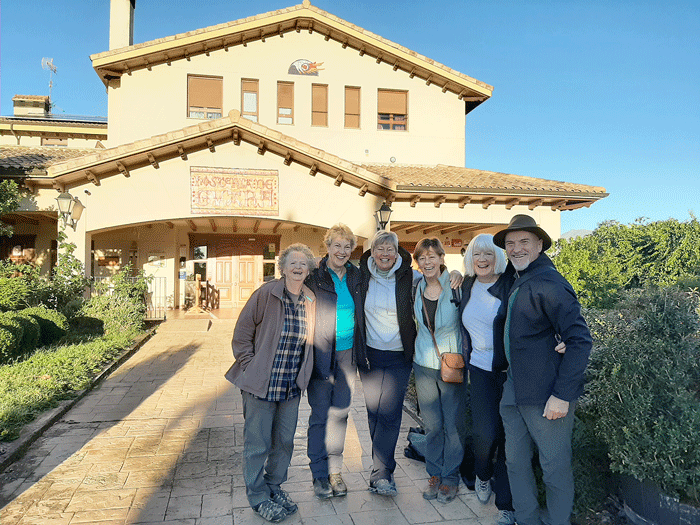
Winter wallcreeper birding ladies
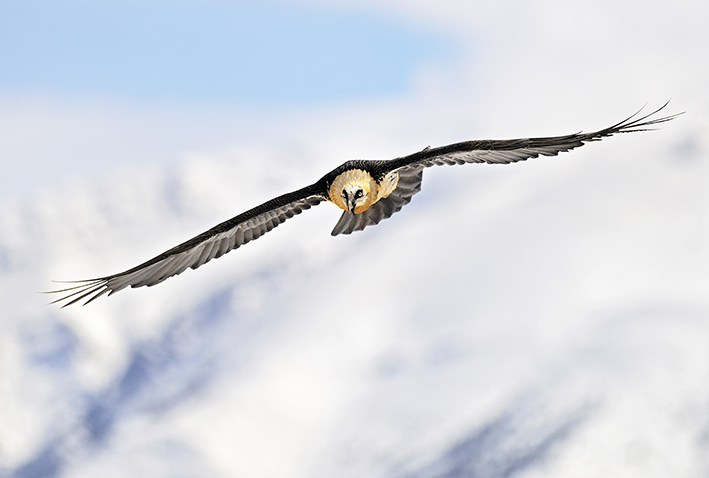
Lammergeier in flight – one of the special birds of the Winter Wallcreeper tour
This year we’ll be running two Winter Wallcreeper Tours in November.
You can see more information on request – email us.
Send us an email, introduce yourself, and ask us for more information.
Bear in mind, we have special group rates for groups of 5 or more.
